Lens names can sometimes look like a scientific formula, from the various millimeters marks to straight up unusual acronyms! If you don’t know how to read the lens title, you may find yourself a bit lost during the buying process. Lucky for you, we have this nifty article to get you sorted right away so you can go invest in the lens of your dreams.
As an example, we are going to dissect the name of the SIGMA 70-200mm F2.8 DG OS HSM | Sports lens (and look at some other SIGMA lenses to show naming/numbering variations!)
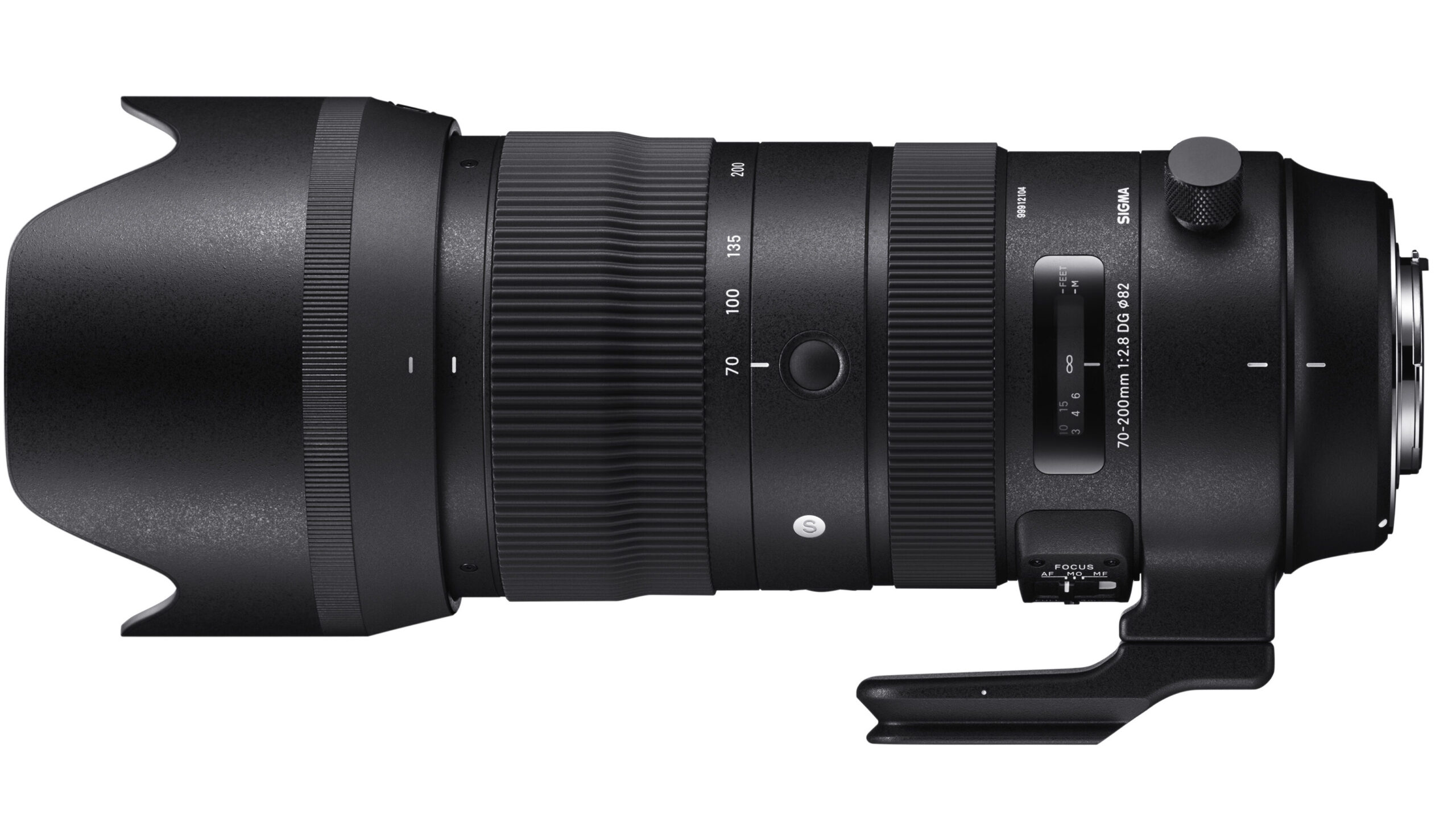
The Focal Length (70-200mm)
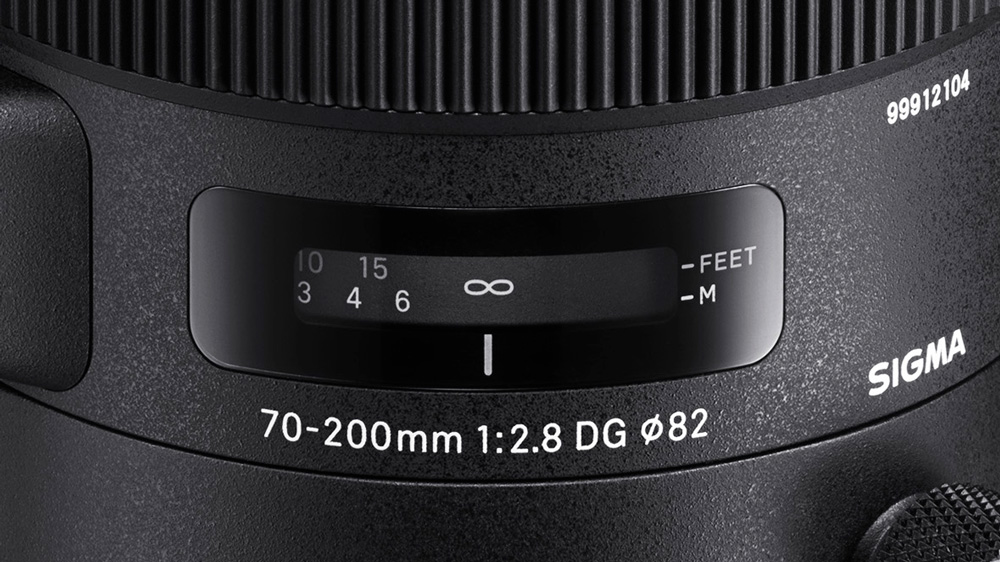
Always better to start from the top, right? Part one: the 70-200mm portion. This number series followed by a millimeter expresses the lens’s focal length.
The focal length is the functional distance between the front of the lens and its focal plane. It affects the perspective and angle of view of coverage (for example, a focal length for a 16mm lens will show a much wider frame than a 200mm lens). The above SIGMA 70-200mm lens can change its focal length by rotating the zoom ring. Lenses that allow you to change the focal length by turning this ring are known as variable focal length lenses or, simply, zoom lenses. Other lenses do not allow you to change the focal length, these are called fixed lenses, or prime lenses.
The upside to using a zoom lens is its ability to adapt to any situation. This is because you can very easily go from a wide frame to a tight portrait in a single rotation. The compromise is that this leaves less room for an extremely wide aperture (a subject we will discuss below). Fixed lenses can have extremely wide apertures. As you can imagine, fixed lenses do have the downside of being unable to zoom. Therefore you have to physically move yourself in order to capture your desired composition, which can be difficult in some shooting situations.
Name variations: SIGMA 40mm F1.4 DG HSM | Art
When only one focal length is given, it is a prime lens. Also known as a fixed focal-length lens, there is no zoom ring.
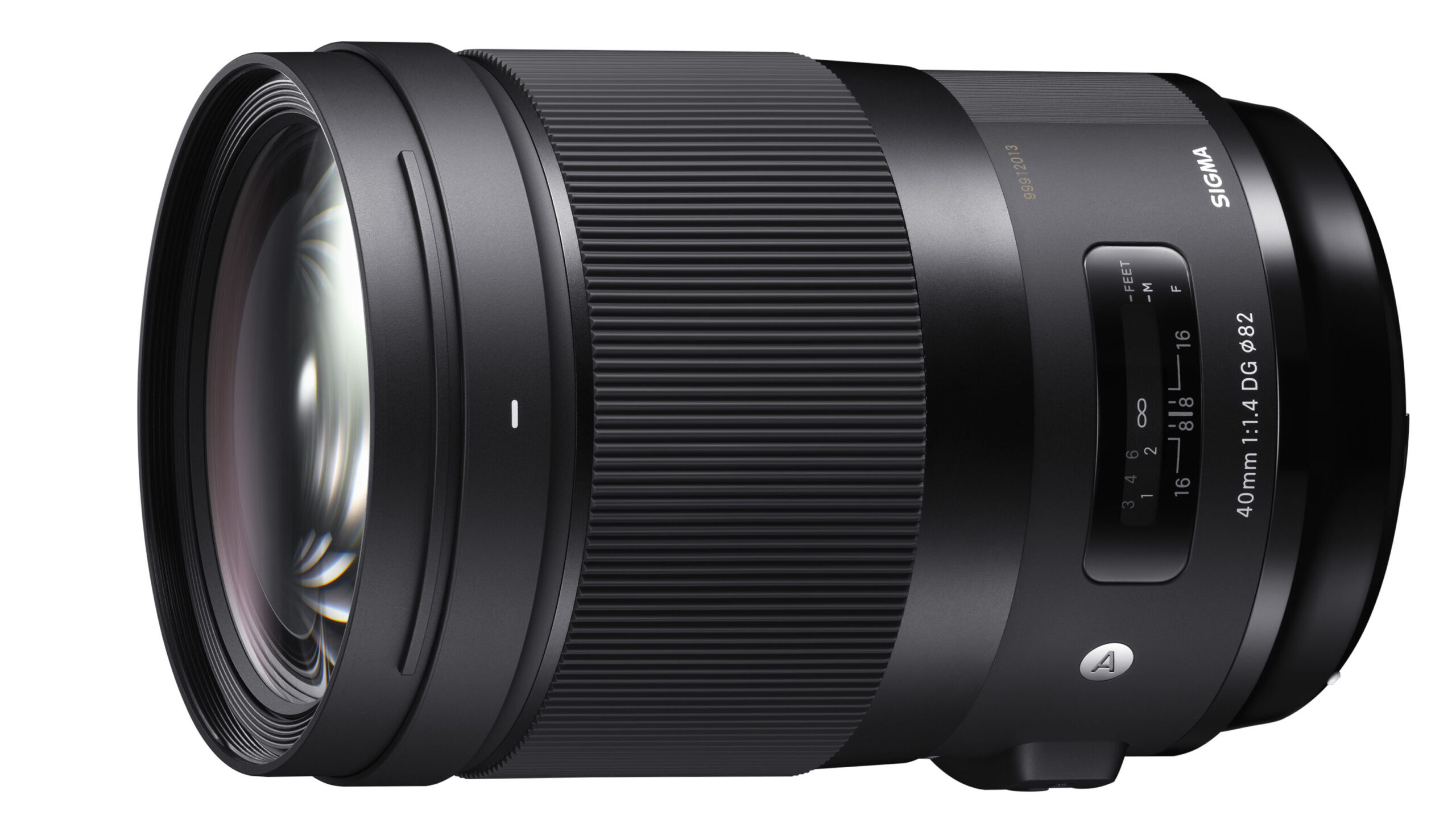
The Aperture (F2.8)
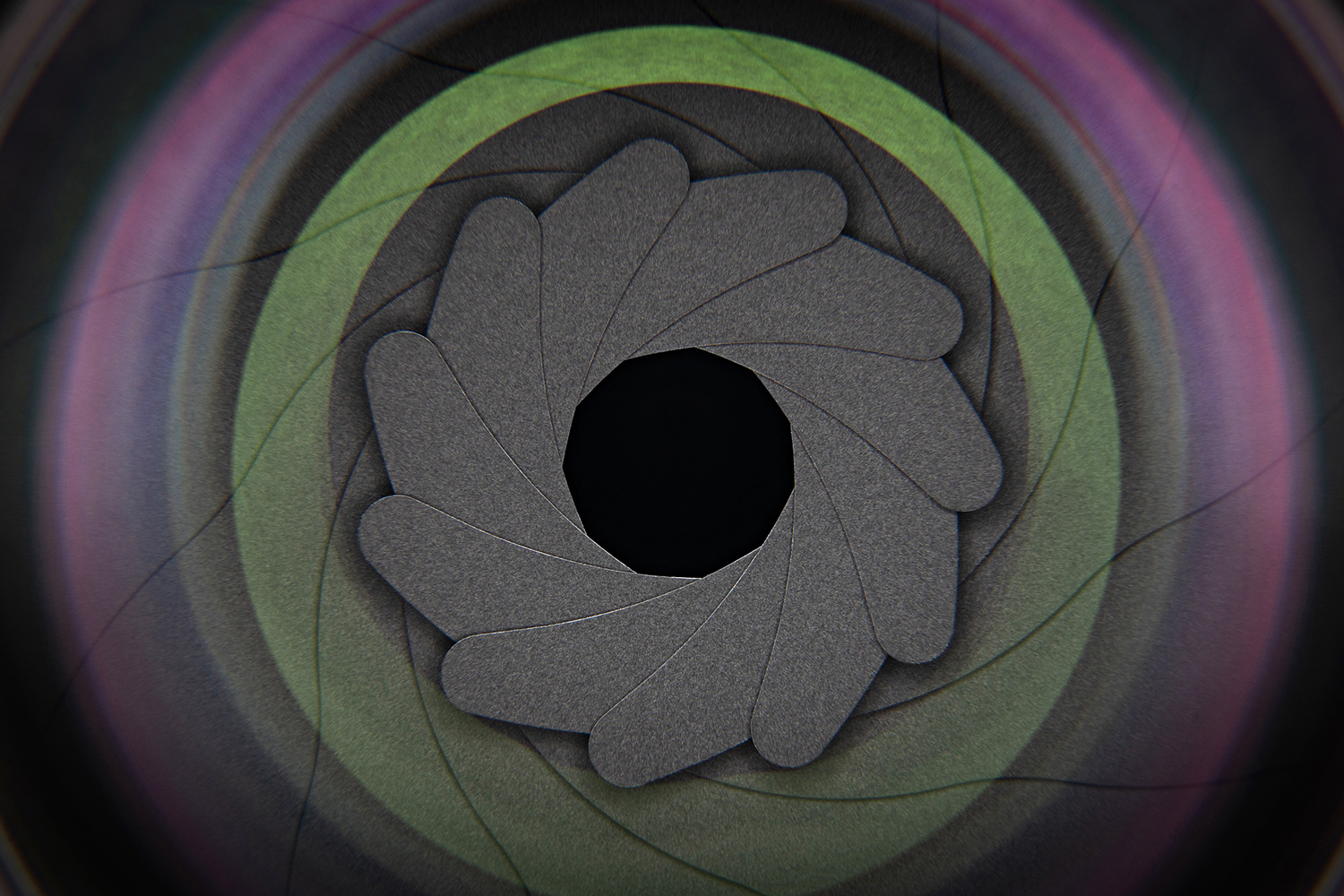
The F-stop, also known as the aperture, tells you how wide the lens can open. In layman’s terms, the wider the aperture, the more light it lets in and the shallower the depth of field. The smaller the aperture, the less light it lets in and the deeper the depth of field.
The aperture is basically the window in the lens that controls how much light does (or doesn’t) hit your sensor. It’s a hole, really, but I like to call it a window because it can “open and close its curtains” in order to control the light impact. The aperture mimics how the eye works. Cats are a great example, when a cat is sitting in the dark, its pupil is very wide and round, which nature intended to allow the cat to use the available light in order to expose the scene and see in the dark. When a cat is sitting outside in bright sunlight, the pupils turn into a very narrow slit in order to let less light in so the cat can see the whole frame without the light being too bright!
However, the aperture has a secondary use. When this window is wide open, something changes in the depth of field… it gets more shallow. Depth of field is how much of your image is in focus. A deep depth of field indicates that both the foreground, subject, and background are in focus (and not blurred). A shallow depth of field is when just the subject is in focus and everything else blurs away.

On a lens, aperture is denoted with an F-stop (really just another name for aperture). This may also be denoted by an 1:2.8. If you look at a lens, the number that follows the F tells you the widest point that the aperture can go. Although it may seem counterintuitive, the smaller the number following the F, the wider the aperture! (This is actually a mathematical formula where F = focal length, the optional slash mark / indicates division, and the number given denotes the radius of the aperture opening.)
Name Variations: SIGMA 100-400mm F5-6.3 DG OS HSM | Contemporary
When there are a range of apertures given, this is a variable-aperture zoom lens showing the maximum aperture at the widest and longest focal lengths.
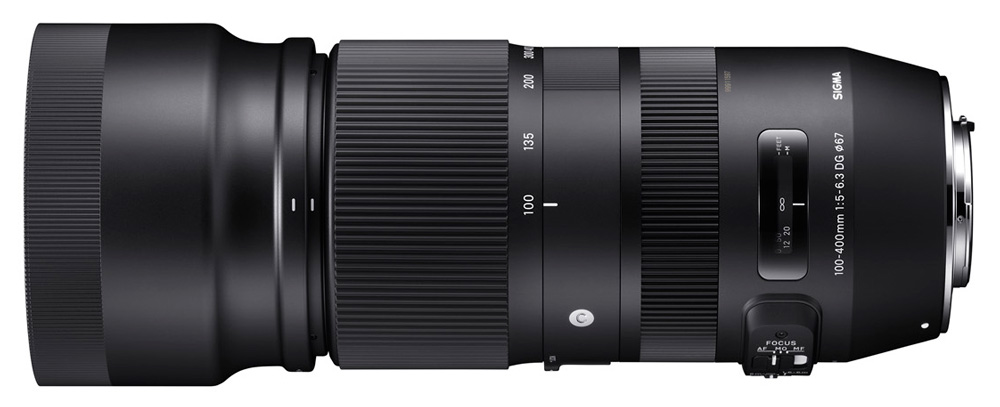
The Frame Size (DG/DC) / Made for Mirrorless (DN)
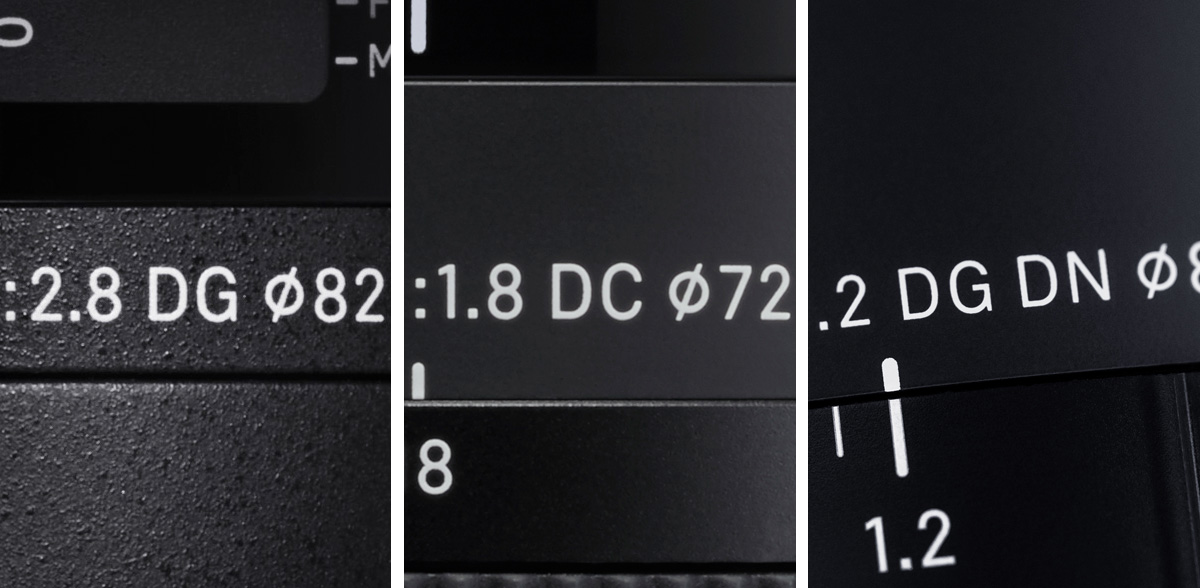
The first acronym you’ll find on a SIGMA lens is its frame size. The frame size on a lens tells you what kind of camera the lens was intended for. In SIGMA terms, DG denotes a lens designed for a Full Frame camera, and DC tells you that the lens is for a Crop Sensor camera.
Lenses are made to fit the sensors they are designed for. Because a crop camera sensor is smaller than a full frame sensor, crop cameras have a smaller area to capture a scene. In other words, the scene is “cropped”. With a crop sensor, the angle of view is narrower. Crop-specific lenses are made to be perfectly compatible with these sensors, so what you see is what you get. This is true for full frame lenses that are intended for a full frame sensor, what you see with a full frame lens on a full frame sensor is what you get.
Now you may be thinking, what happens if I put a full frame lens on a crop sensor camera?
Crop sensor cameras are able to utilize both crop lenses and full frame lenses. However, the image that results might be a little bit different if you’re pairing a crop body with a full frame lens. You see, the lens will reduce in the angle of viewing (but still be very effective). Here is an example to explain what I am talking about:
Say you are using a 100mm full frame lens on a crop size sensor camera. The 100mm lens will now provide an image equivalent to approximately 150mm to 160mm, depending on the actual size of the crop size sensor. This will therefore reduce your angle of view (your view will not be as wide, it will be more narrow).
Generally, a crop sensor lens cannot work with a full frame camera without serious vignetting, but most modern full-frame cameras do offer a “crop mode” or similarly-named function in which the camera automatically crops the image. The image resolution will be reduced by quite a bit, but technically speaking, as long as the lens mount is the same, you can usually use crop format lenses on full frame cameras.
Because DG and DC are different formats, you will never see DG and DC together in a SIGMA lens name; however, you will often see DN indicating “mirrorless” paired with both DC and DG to denote “full-frame mirrorless” and “crop-sensor” mirrorless, as in the case of the 56mm F1.4 DC DN | Contemporary and 14-24mm F2.8 DG DN | Art lenses. DN lenses are designed specifically for mirrorless camera bodies, and cannot be used on DSLR cameras (although the reverse is possible, using adapters like the MC-11 and MC-21 Mount Converters.
A benefit that is worth mentioning is that, if you start with a crop sensor camera and later upgrade to full frame, any full frame lenses you invest in will be able to come with you to take advantage of the full-frame field of view without any crop requirements.
Optical Stabilizer (OS)

If you’re using your camera handheld or in low light, image stabilization is going to be your absolute best friend. Image stabilization is a system inside of a lens that is intended to reduce blurring associated with the motion of a camera. This system will make sure that your hand shaking or something bumping into your lens won’t cause an image to blur! Image stabilization is also really handy if you like to shoot in low light. Image stabilization allows you to shoot in darker conditions without motion blur because you can lower your shutter speed by a few stops. In addition, many mirrorless camera bodies also offer sensor-based stabilization to further enhance your handheld and low-light shooting capabilities.
The Autofocus Motor (HSM)
Next, you’ll see yet another acronym. This one expresses the type of motor that the lens utilizes. There are different kinds of motors that a lens may have, but in this case, SIGMA’s patented Hyper Sonic Motor (HSM) is the one that the 70-200mm employs and it ensures that your autofocus is reliably accurate, beautifully silent, and extraordinarily fast.
Lens Line (S)

SIGMA has a variety of lens lines to suit photographers’ needs. In this case, the S tells you that this particular 70-200mm lens is part of SIGMA’s Sports line. The other lines include A for Art and C for Contemporary.
Sports lenses are the incredible workhorses of the photography world, featuring shock resistance, durability, and superb weather sealing. Art lenses are likely SIGMA’s most famous line, reaching notoriety for spectacular optical performance and encompassing the true artistry of photography. The Contemporary line covers a wide range of needs, a perfect marriage between superior optical performance and compactness.
Filter Size (⌀82)

That funky symbol (⌀) denotes the filter thread. You’ll find this symbol on the lens itself… it’s not an official part of the lens name. A filter thread expresses the diameter of the front lens element so that you can add, well, a filter to it! Filters are additional panes of glass that you screw or attach on to the front of your lens. The most common way to use a filter is to protect the glass of the lens, for you’d much rather a $10 filter be cracked than a $1,000 lens! However, there are also filters that serve a purpose other than protection, such as Neutral Density filters and Polarizing filters. If a lens does not offer a filter thread radius, is generally does not accept front filters.
Other Possible Notations:
Lenses can have several other notations on them. Sometimes, the lens name will indicate the type of glass SIGMA has used for that particular model. This can include acronyms such as APO, FLD, SLD, and more. These tend to express that the lens glass is low dispersion or has fluorite-type characteristics. These specialized glass elements and coatings can help with lens flare, weather sealing, and chromatic aberration.
Now that we’ve shed light on those cryptic lens titles, go out there and find the best lens (or two) for you!

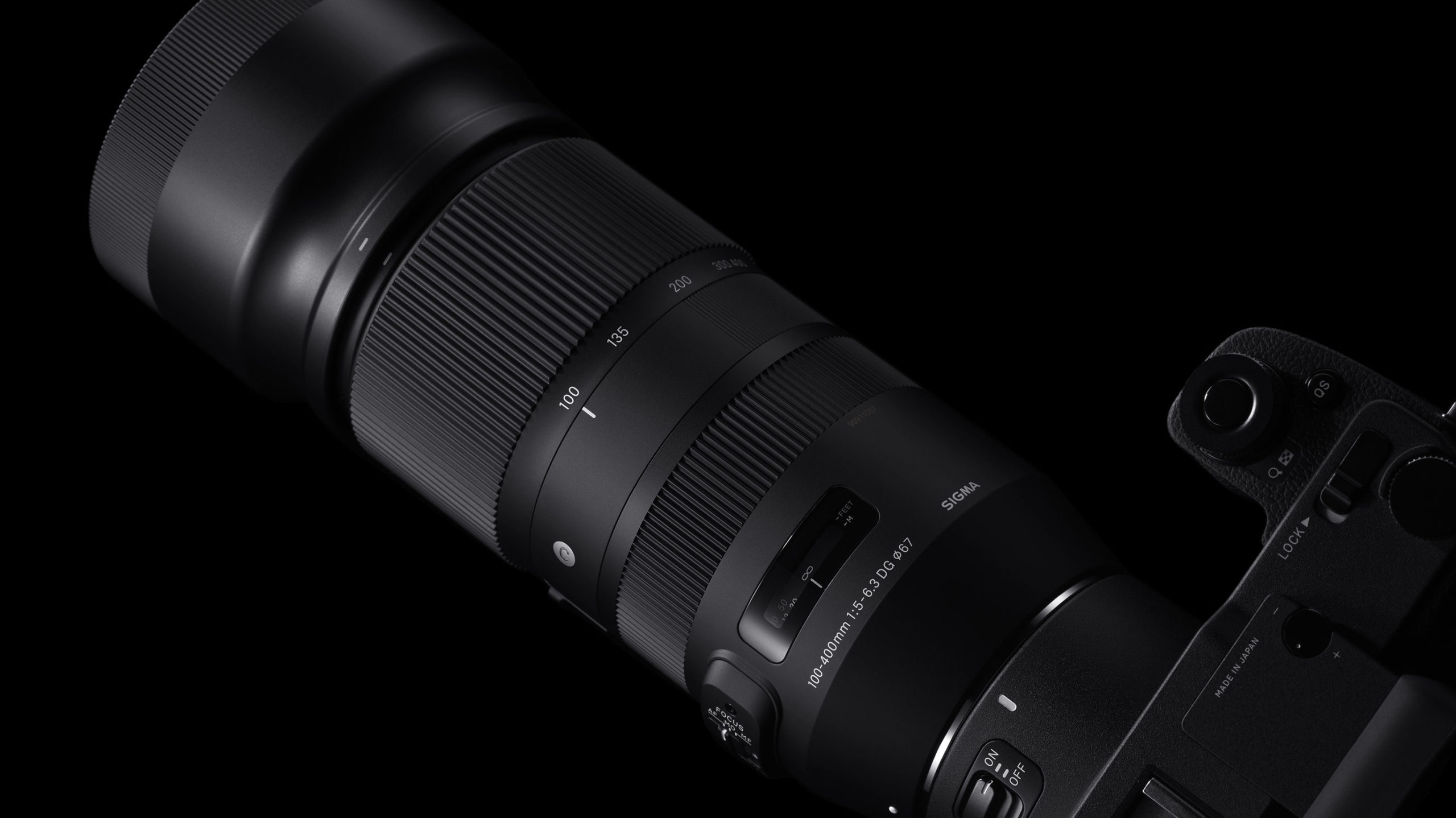
Thank you for these details … you forgot to say what DF means… in DFLux XD :p